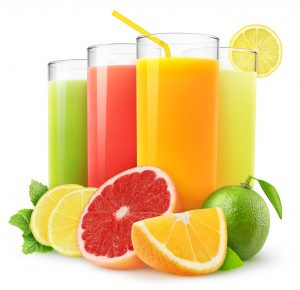If the person with Acquired Brain Injury is identified as having dysphagia following a comprehensive assessment, the Speech and Language Therapist may recommend a texture modified diet. This refers to supportive alterations to the texture of the normal diet of the person in order that the food and drink they take is of a suitable texture to promote safe eating and drinking and support appropriate nutrition and hydration.
The aims of texture modification include:
- Reducing the risk of choking.
- Reducing the risk of food/liquid entering the airway, potentially reducing the risk of chest infections.
- Decreasing any anxiety associated with eating/drinking that can occur with dysphagia.
- Maintaining and/or improving nutrition and hydration.
- Making food and drink easier to consume.
- Supporting the person to take sufficient nutrition without excessive effort and risk.
- Increasing enjoyment of food and drink and decreasing any associated distress.
- Supporting the person to live with dysphagia.
- Reducing the impact of fatigue.
- Decreasing embarrassment that can be associated dysphagia (e.g. frequent coughing/choking whilst eating/drinking, difficulty managing oral secretions).
 A global framework for the descriptions for texture modified diets (food and fluids) has been standardised by the International Dysphagia Diet Standardisation Initiative (IDDSI). The Royal College of Speech and Language Therapists and the British Dietetic Association have adopted this framework. The standardised descriptions of textures are used to support the person with dysphagia to receive an oral diet best suited to their needs.
A global framework for the descriptions for texture modified diets (food and fluids) has been standardised by the International Dysphagia Diet Standardisation Initiative (IDDSI). The Royal College of Speech and Language Therapists and the British Dietetic Association have adopted this framework. The standardised descriptions of textures are used to support the person with dysphagia to receive an oral diet best suited to their needs.
The dysphagia diet framework consists of 8 levels describing the texture of drinks and food.
Drinks are measured on the scale from levels 0-4, foods are measured from levels 3-7. There is some overlap of levels 3 and 4 as the actual textures at these levels are the same for drinks and food.
 The IDDSI Texture descriptions are as follows:
The IDDSI Texture descriptions are as follows:
- Thin fluids
- Slightly thick fluids
- Mildly thick fluids
- Moderately thick fluids and liquidised foods
- Extremely thick fluids and puree foods
- Minced and moist food
- Soft and bite sized food
- Regular food
Please refer to IDDSI definitions for detailed descriptors for each texture.
The Speech and Language Therapist will recommend the level/texture best suited to the needs of the person with dysphagia. These recommendations should be included on an individualised treatment plan and clearly communicated to all members of the multidisciplinary team, family and carers.